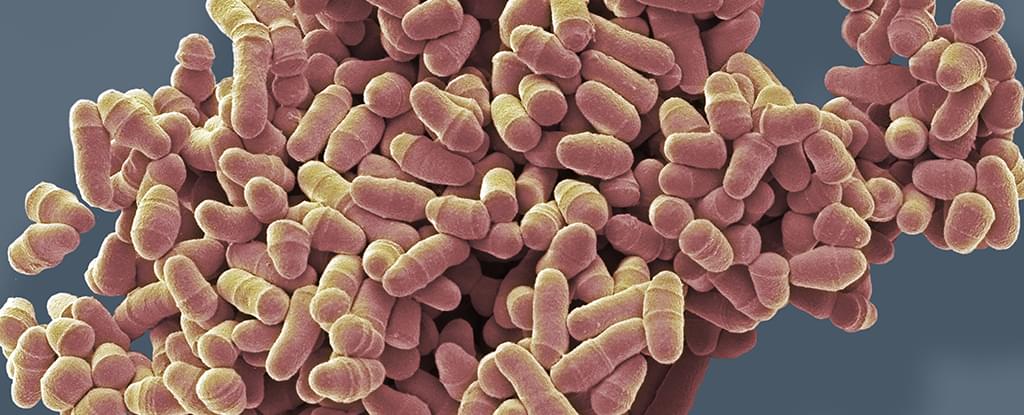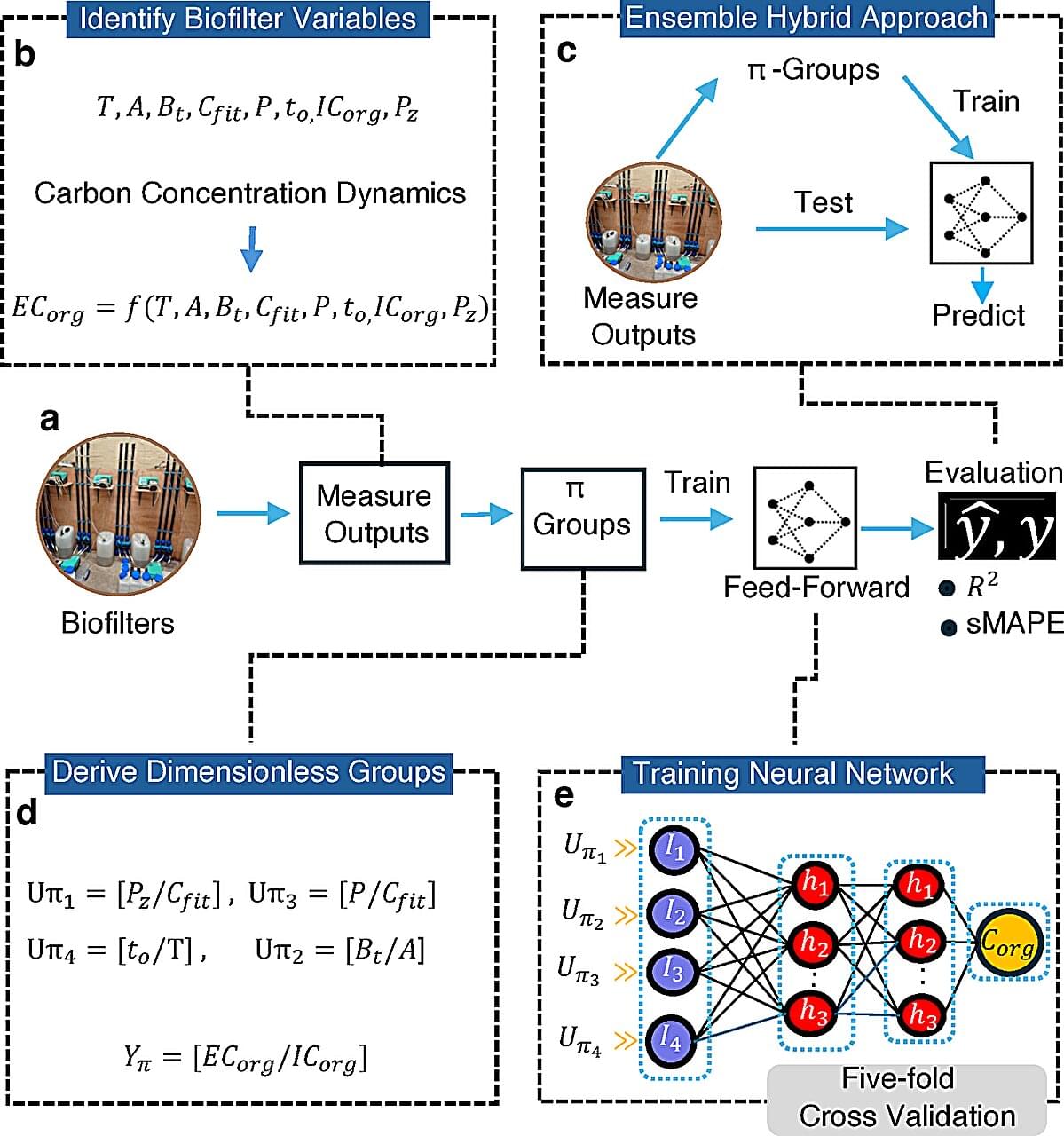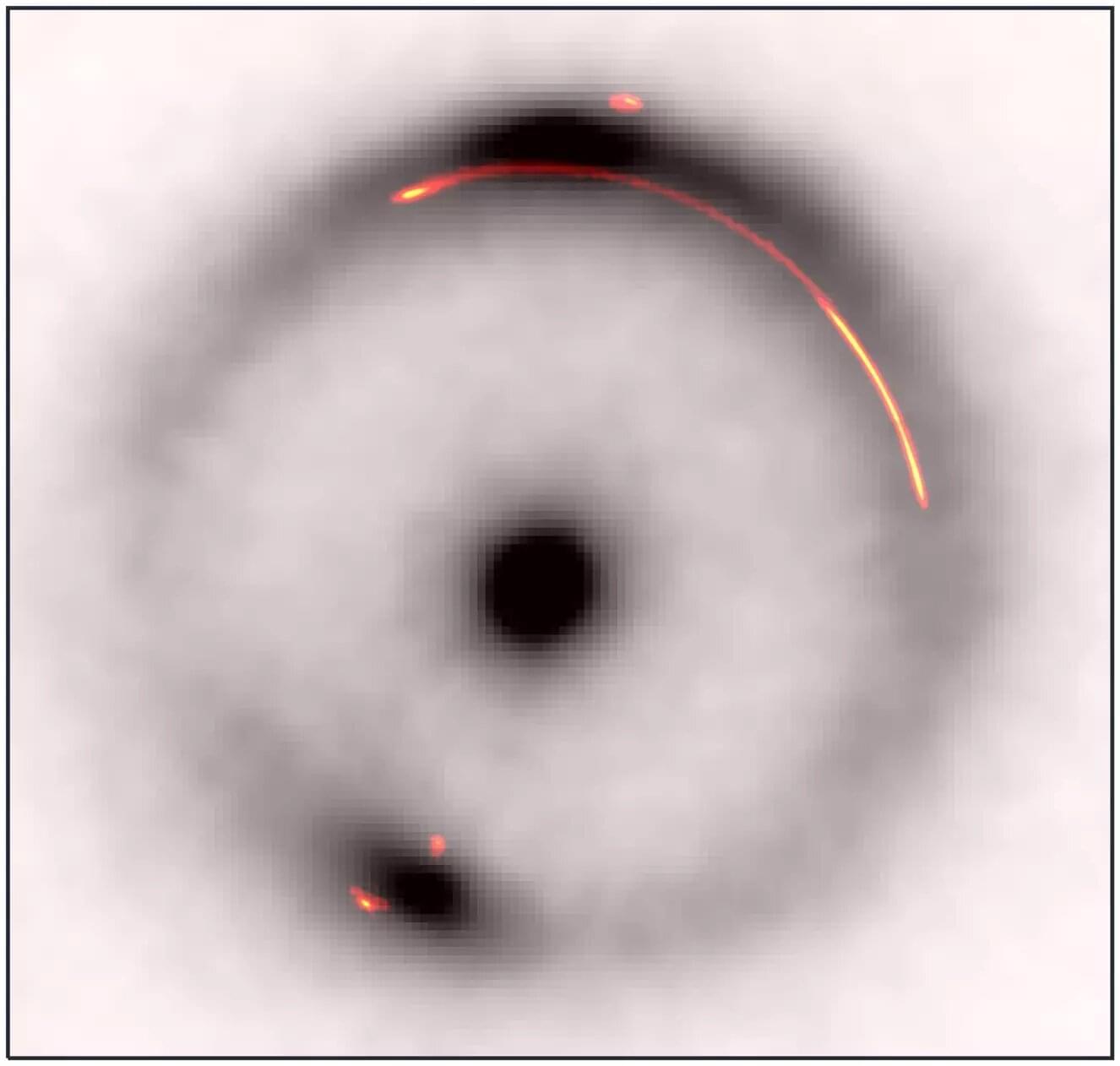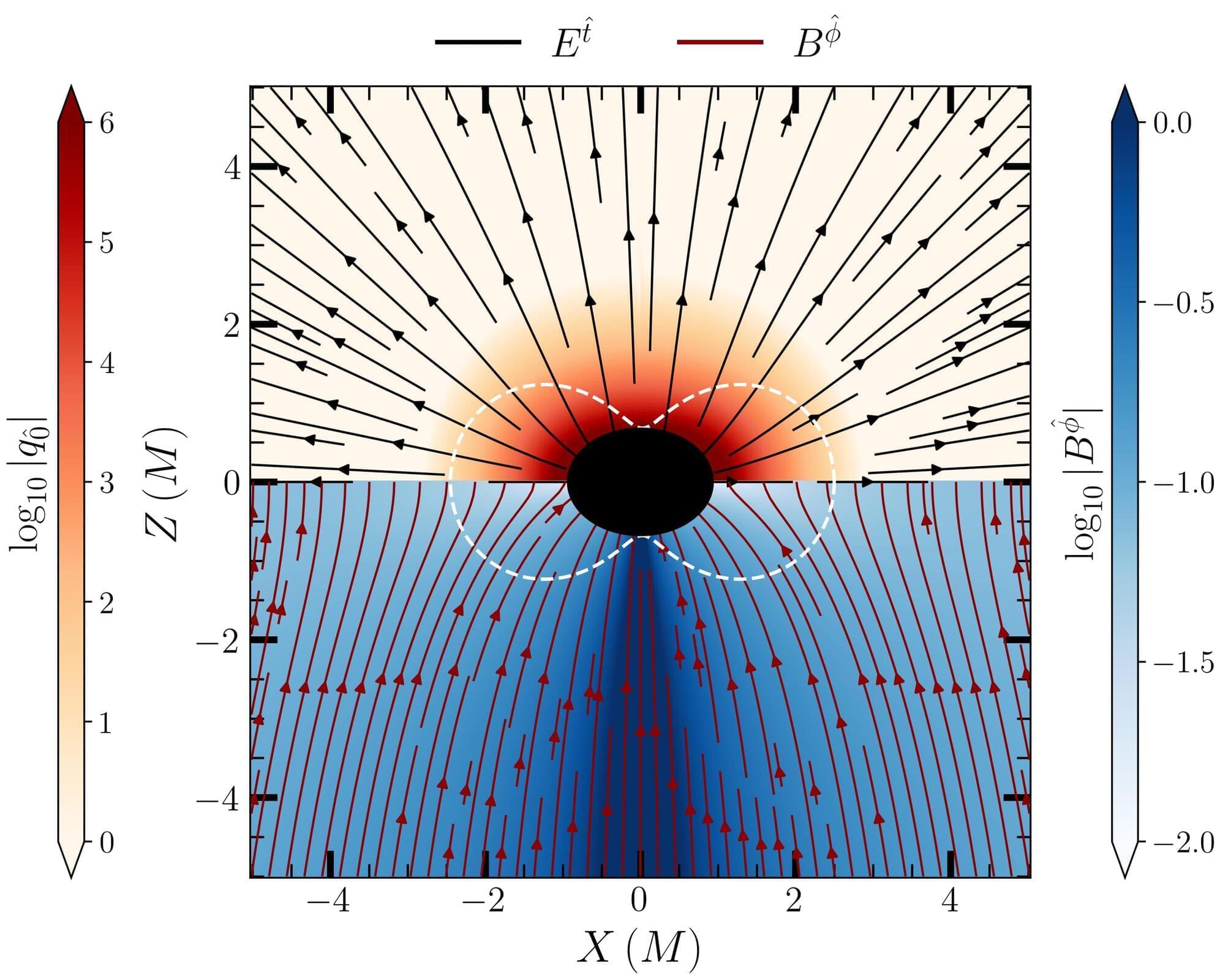New treatment targeting CLIC5 gene shows promise in preserving sensory cells in the inner ear, offering hope for millions affected by genetic hearing and balance disorders.


Dr. Brian A. Grierson, Ph.D. is a leading physicist and engineer in magnetic fusion energy and is currently Director of Fusion Energy Technologies at General…

Scientists continue to explore ways we can live longer and ensure those lives are healthier. A new discovery of note in this field comes from experiments in fission yeast (an organism often used for studies of aging).
Researchers from Queen Mary University of London have been testing a new drug called Rapalink-1, building on an existing immunosuppressant called rapamycin that has been shown to extend the life of cells and rodents. In these new tests, Rapalink-1 extended yeast lifespan to a similar degree as rapamycin.
What’s more, molecular analysis revealed that the drug increased the production of enzymes that convert a compound made by gut bacteria, called agmatine, into a variety of other chemicals.

Clinical setbacks and controversial pricing may have put a dampener on the gene therapy sector, but one of the industry’s pioneers is looking for a way forward.
GEMMA Biotherapeutics, the biotech founded by gene therapy trailblazer James Wilson M.D., Ph.D., has launched a clinical-stage spinout focused specifically on ultra-orphan diseases.

Hints of an atmosphere on TRAPPIST-1e raise hopes it could be a watery, potentially habitable world. Astronomers using the James Webb Space Telescope are unraveling the mysteries of TRAPPIST-1e, an Earth-sized exoplanet 40 light years away that could harbor liquid water. Early data suggests hints of an atmosphere, but much remains uncertain. Researchers have already ruled out a hydrogen-rich primordial atmosphere, pointing instead to the possibility of a secondary atmosphere that could sustain oceans or ice.
University of Bristol astrophysicists are helping shed new light on an Earth-sized exoplanet 40 light years away where liquid water in the form of a global ocean or icy expanse might exist on its surface.
That would only be possible if an atmosphere is present – a big mystery the scientists are attempting to unravel and now even closer to solving using the largest telescope in Space.

Widely available artificial intelligence systems can be used to deliberately insert hard-to-detect security vulnerabilities into the code that defines computer chips, according to new research from the NYU Tandon School of Engineering, a warning about the potential weaponization of AI in hardware design.
In a study published by IEEE Security & Privacy, an NYU Tandon research team showed that large language models like ChatGPT could help both novices and experts create “hardware Trojans,” malicious modifications hidden within chip designs that can leak sensitive information, disable systems or grant unauthorized access to attackers.
To test whether AI could facilitate malicious hardware modifications, the researchers organized a competition over two years called the AI Hardware Attack Challenge as part of CSAW, an annual student-run cybersecurity event held by the NYU Center for Cybersecurity.

For the first time, scientists have created a fully functional memory chip only a few atoms thick and integrated it into conventional chips. This advance could pave the way for more powerful and energy-efficient electronic devices.
Decades of innovation have shrunk the circuits on a computer chip so that, nowadays, engineers can pack billions of tiny components onto a single thumbnail-sized silicon wafer. But silicon chips are now reaching the physical limits of how small they can go while still performing reliably. The solution is two-dimensional (2D) materials, which are materials that are just a single layer of atoms thick that can be scaled down even further and have superior electronic properties.
However, the problem with 2D materials like graphene up until now has been that only simple chips could be constructed with them, and it wasn’t easy to connect them to traditional processors. Now, in research published in the journal Nature, Chunsen Liu at Fudan University in Shanghai and his colleagues have overcome these hurdles. They successfully combined atomically thin 2D memory cells directly onto a conventional silicon chip, creating the world’s first two-dimensional silicon-based hybrid architecture chip.

A powerful new software tool that can accurately predict the performance of biofilters used by the water industry could reduce the challenge of maintaining the purity of tap water.
Researchers from the University of Glasgow’s James Watt School of Engineering developed the tool, called the Environmental Buckingham Pi Neural Network, or EnviroPiNet.
It uses machine learning techniques paired with sophisticated physical modeling to predict the ability of biofilters to remove organic carbon compounds from water with up to 90% accuracy. The tool is now available online for free use.

Dark matter is an enigmatic form of matter not expected to emit light, yet it is essential to understanding how the rich tapestry of stars and galaxies we see in the night sky evolved. As a fundamental building block of the universe, a key question for astronomers is whether dark matter is smooth or clumpy, as this could reveal what it is made of. Since dark matter cannot be observed directly, its properties can only be determined by observing the gravitational lensing effect, whereby the light from a more distant object is distorted and deflected by the gravity of the dark object.
“Hunting for dark objects that do not seem to emit any light is clearly challenging,” said Devon Powell at the Max Planck Institute for Astrophysics and lead author of the study. “Since we can’t see them directly, we instead use very distant galaxies as a backlight to look for their gravitational imprints.”
The research is published in the journal Nature Astronomy.

Gravitational waves are energy-carrying waves produced by the acceleration or disturbance of massive objects. These waves, which were first directly observed in 2015, are known to be produced during various cosmological phenomena, including mergers between two black holes that orbit each other (i.e., binary black holes).